No products in the cart.
Carbendazim 12% + Mancozeb 63% WP: A Powerful Fungicidal Combination for Crop Protection.
Introduction
Carbendazim 12% + Mancozeb 63% WP is a widely used fungicide in agricultural practices, known for its broad-spectrum effectiveness in combating fungal diseases in crops. This wettable powder formulation combines two powerful active ingredients—Carbendazim and Mancozeb—to provide preventive and curative control against various fungal pathogens. In this article, we will explore the mode of action, effectiveness, recommended crops, targeted pests and fungi, technical details, and frequently asked questions regarding Carbendazim 12% + Mancozeb 63% WP.
Mode of Action
The fungicidal action of Carbendazim 12% + Mancozeb 63% WP is driven by the synergy of its two components:
- Carbendazim: A systemic fungicide that disrupts fungal growth by inhibiting β-tubulin synthesis, preventing the formation of microtubules essential for cell division. This action ensures curative protection by halting fungal reproduction within plant tissues.
- Mancozeb: A contact fungicide that interferes with multiple enzymatic processes in fungal cells, leading to their destruction. It works primarily as a preventive agent by forming a protective barrier on plant surfaces, preventing infection from taking hold.
By combining these two mechanisms, Carbendazim 12% + Mancozeb 63% WP provides dual-action protection—curative and preventive—against a wide range of fungal pathogens.
SAAF YouTube Video: Must See
Effectiveness of Carbendazim 12% + Mancozeb 63% WP
The effectiveness of this fungicidal combination can be attributed to the following factors:
- Broad-Spectrum Control: Effective against various fungal diseases, including leaf spots, blights, rusts, and powdery mildew.
- Systemic and Contact Action: Provides both internal and external protection, ensuring complete disease control.
- Extended Residual Activity: Offers long-lasting protection even in adverse climatic conditions.
- Resistance Management: Helps prevent the development of fungicide resistance due to its dual mode of action.
- Compatibility with Other Pesticides: Can be used in integrated pest management programs along with other agrochemicals.
Recommended Crops for Application
Carbendazim 12% + Mancozeb 63% WP is recommended for use on various crops, including:
- Vegetables: Tomato, potato, chili, cabbage, cauliflower.
- Fruits: Grapes, banana, citrus, mango.
- Field Crops: Wheat, rice, soybean, groundnut, cotton.
- Ornamental Plants: Roses, chrysanthemums.
Targeted Pests and Fungi
This fungicide effectively controls several fungal diseases, including:
- Powdery Mildew (Erysiphe spp.)
- Early Blight (Alternaria solani)
- Late Blight (Phytophthora infestans)
- Leaf Spot Diseases (Cercospora spp., Septoria spp.)
- Anthracnose (Colletotrichum spp.)
- Rusts (Puccinia spp.)
- Fusarium Wilt (Fusarium oxysporum)
Related Technicals
- Formulation: Wettable powder (WP)
- Dosage: Typically 2-3 grams per litre of water (varies based on crop and severity of infection)
- Method of Application: Foliar spray using conventional sprayers
- Pre-Harvest Interval: Depends on crop type but generally ranges between 7-14 days
- Rainfastness: Offers good rain resistance post-application
- Storage Conditions: Store in a cool, dry place away from direct sunlight
Comparison with Other Fungicides
Carbendazim 12% + Mancozeb 63% WP is a dual-action fungicide that combines systemic and contact properties, making it highly effective against a broad spectrum of fungal diseases. Here’s how it compares to other commonly used fungicides:
| Fungicide | Mode of Action | Target Diseases | Advantages | Limitations |
|---|---|---|---|---|
| Carbendazim 12% + Mancozeb 63% WP | Systemic (Carbendazim) + Contact (Mancozeb) | Powdery mildew, blights, rusts, leaf spots | Broad-spectrum, preventive & curative, resistance management | Can be less effective against resistant fungal strains |
| Hexaconazole | Systemic (Sterol biosynthesis inhibitor) | Powdery mildew, sheath blight, rusts | Strong curative action, long residual effect | Limited preventive action |
| Propiconazole | Systemic (Demethylation inhibitor) | Rusts, leaf spots, blights | Effective against rusts, good rainfastness | Narrower spectrum compared to combination fungicides |
| Azoxystrobin | Systemic (QoI inhibitor) | Downy mildew, blights, leaf spots | Long-lasting protection, translaminar movement | Resistance risk if overused |
| Copper Oxychloride | Contact (Multi-site inhibitor) | Bacterial and fungal diseases | Safe for organic farming, broad-spectrum | Powdery mildew, rusts, and blights |
| Trifloxystrobin + Tebuconazole | Systemic (QoI + DMI inhibitor) | Powdery mildew, rusts, blights | Strong curative & preventive action, resistance management | Higher cost compared to single fungicides |
Key Takeaways
- Carbendazim 12% + Mancozeb 63% WP is ideal for broad-spectrum disease control, offering both preventive and curative protection.
- Single-active fungicides like Hexaconazole and Propiconazole are highly effective for specific diseases but may lack broad coverage.
- Strobilurin-based fungicides like Azoxystrobin provide long-lasting protection but require careful resistance management.
- Copper-based fungicides are safe for organic farming but lack systemic action.
- Combination fungicides like Trifloxystrobin + Tebuconazole offer enhanced resistance management but can be more expensive.
Potential side effects
The use of fungicides, including Carbendazim 12% + Mancozeb 63% WP, can have potential side effects on human health, the environment, and crop sustainability. Here’s a breakdown of the key concerns:
1. Human Health Risks
- Skin and Eye Irritation: Direct contact with fungicides can cause irritation or allergic reactions.
- Respiratory Issues: Inhalation of fungicide dust or spray mist may lead to breathing difficulties or lung irritation.
- Long-Term Exposure Risks: Some fungicides have been linked to endocrine disruption and potential carcinogenic effects with prolonged exposure.
- Residue on Crops: Improper application or failure to observe pre-harvest intervals may lead to fungicide residues in food, posing health risks.
2. Environmental Impact
- Soil Microbial Imbalance: Excessive use can disrupt beneficial soil microbes, affecting soil health and fertility.
- Water Contamination: Runoff from treated fields can contaminate nearby water bodies, harming aquatic life.
- Resistance Development: Overuse of fungicides can lead to resistant fungal strains, making disease management more challenging.
3. Impact on Non-Target Organisms
- Beneficial Insects: Some fungicides may negatively affect pollinators like bees.
- Wildlife Exposure: Residues in the environment can impact birds and other animals that come into contact with treated plants.
Mitigation Strategies
- Integrated Pest Management (IPM): Combining fungicides with biological controls and cultural practices can reduce dependency.
- Proper Application Techniques: Using recommended dosages and protective gear minimises risks.
- Crop Rotation and Resistant Varieties: Help reduce the need for frequent fungicide applications.
Would you like recommendations on safer alternatives or best practices for sustainable fungicide use?
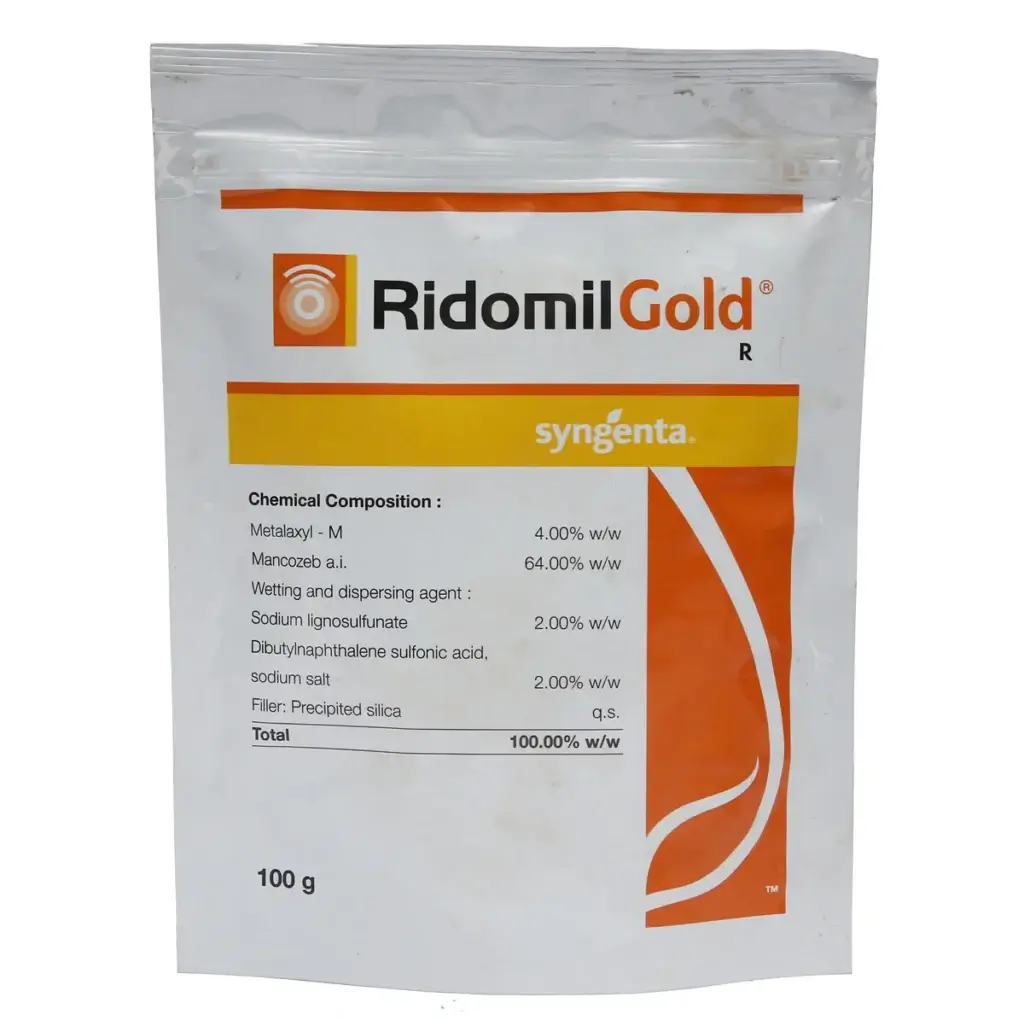
Buy Ridomil Gold Online!
To maintain its effectiveness, store Carbendazim 12% + Mancozeb 63% WP in a cool, dry place away from direct sunlight. Ensure proper ventilation in storage areas and keep it out of reach of children and pets. Always follow local regulations for disposal of unused or empty containers. Consult a professional for guidance on the safe and proper use of this fungicide to minimize environmental impact.
Frequently Asked Questions (FAQ)
1. Is Carbendazim 12% + Mancozeb 63% WP safe for all crops?
Yes, it is safe for most crops when used as per recommended guidelines. However, some sensitive crops may require lower dosages.
2. How often should I apply this fungicide?
The frequency of application depends on disease severity and crop type. Typically, it is applied every 10-15 days or at the first signs of infection.
3. Can I mix it with other pesticides?
Yes, it is compatible with several insecticides and fungicides, but a compatibility test should be conducted before mixing.
4. Does it leave residues on harvested crops?
It has a residual period, but proper observance of the pre-harvest interval ensures minimal residue levels on harvested produce.
5. What precautions should be taken while using this fungicide?
Wear protective clothing, avoid inhalation, and wash hands thoroughly after handling. Keep it away from water sources to prevent contamination.
6. Is it effective against bacterial diseases?
No, Carbendazim 12% + Mancozeb 63% WP is a fungicide and does not control bacterial pathogens. For bacterial diseases, specific bactericides should be used.
Conclusion
Carbendazim 12% + Mancozeb 63% WP is an invaluable fungicide for protecting crops against fungal diseases, ensuring high yields and quality produce. Its dual-mode action, broad-spectrum effectiveness, and systemic as well as contact properties make it a preferred choice for farmers globally. By following recommended application guidelines, growers can maximise the benefits of this fungicidal formulation while maintaining sustainable farming practices.

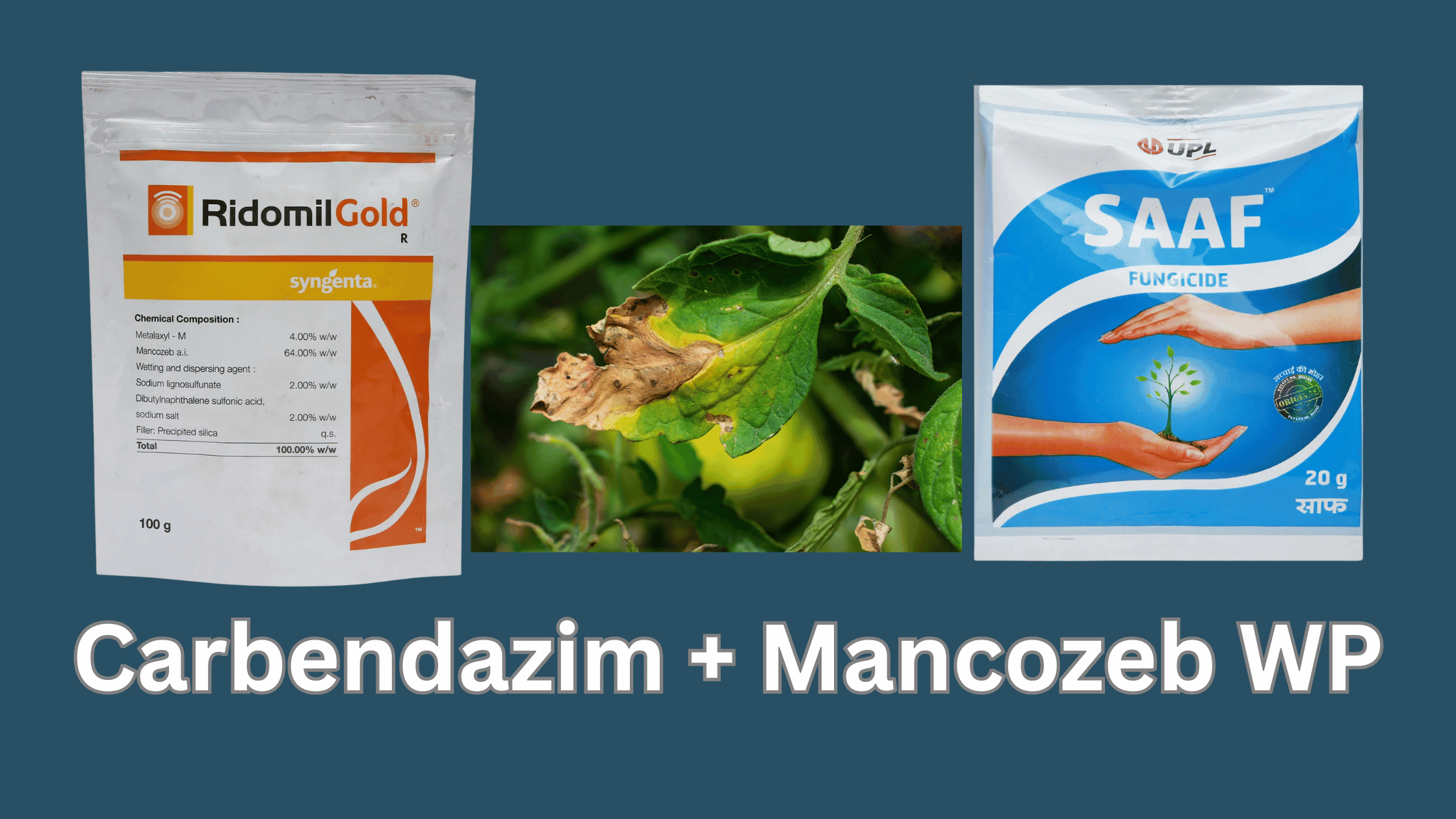

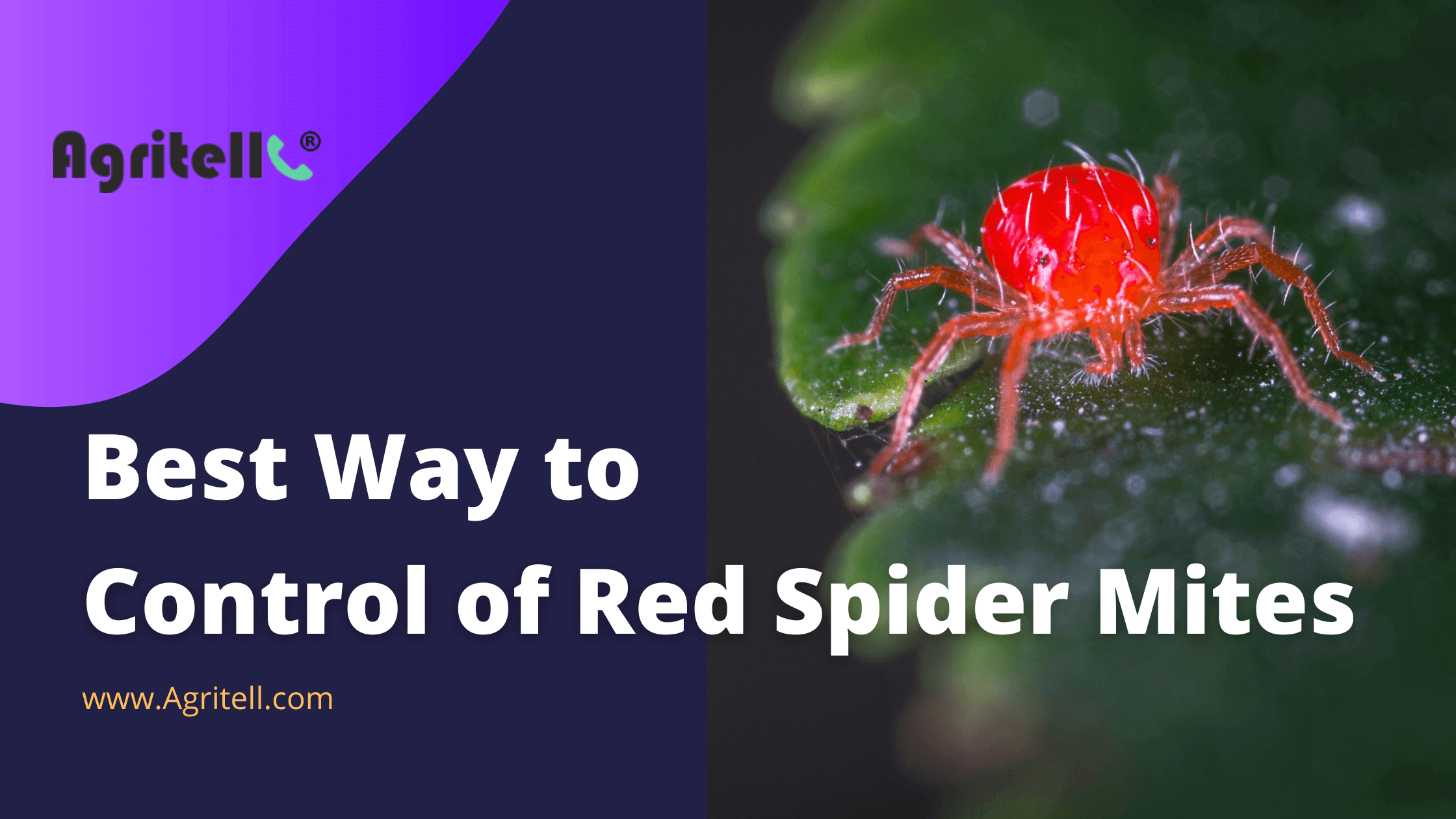

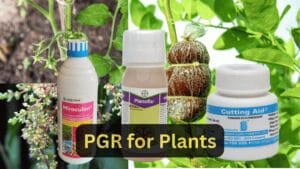

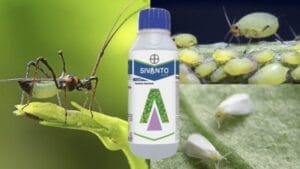

Add comment